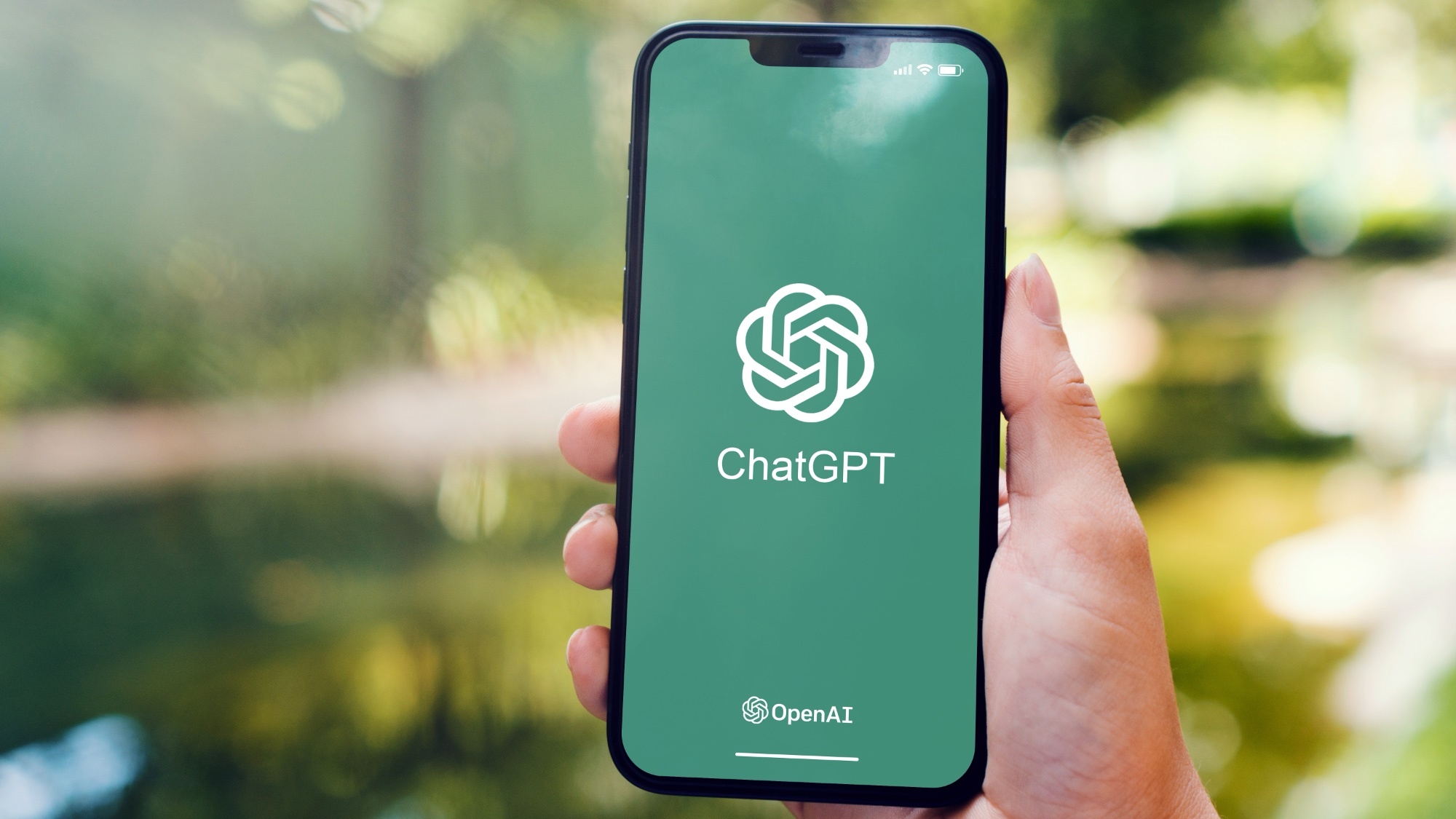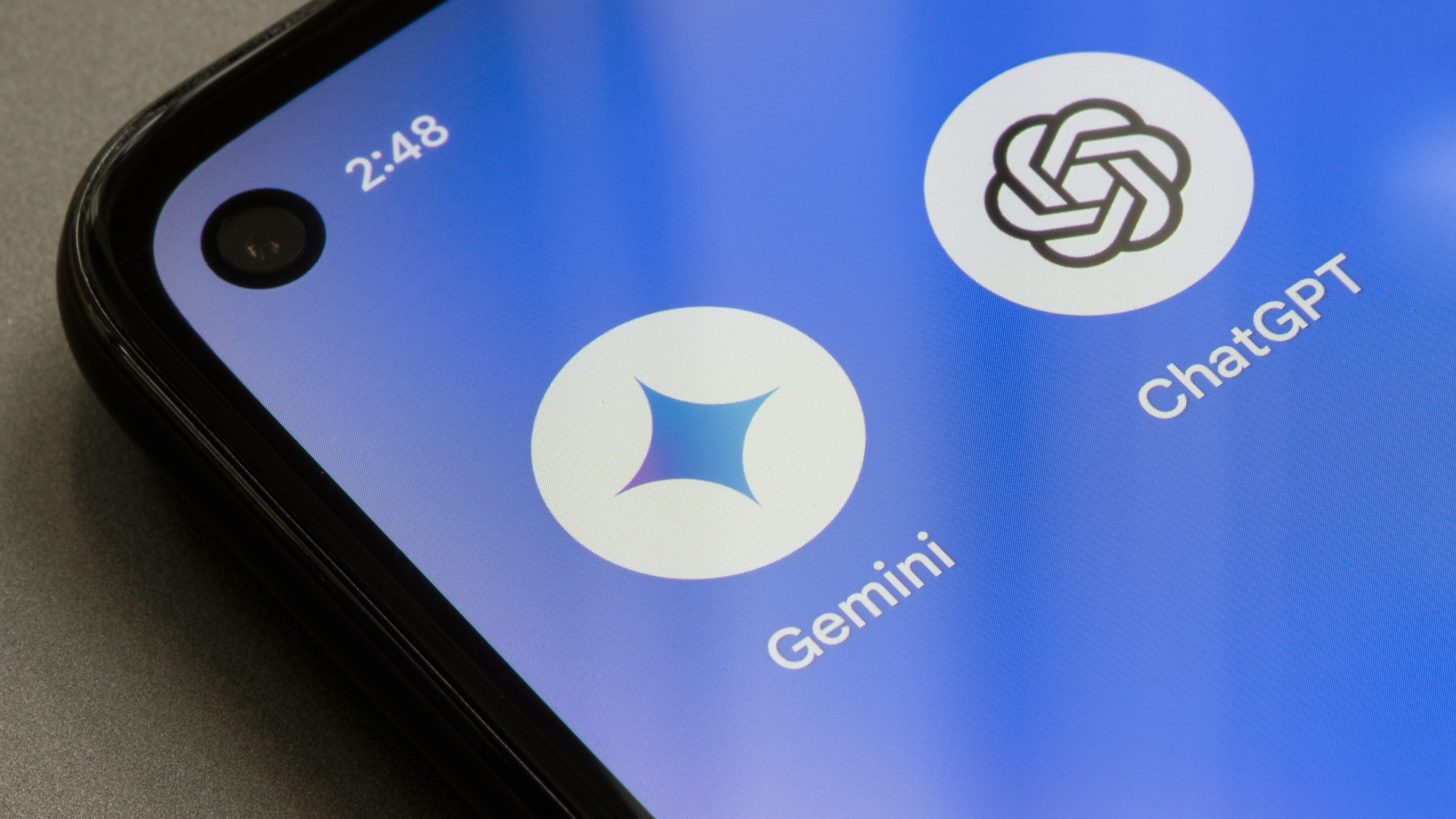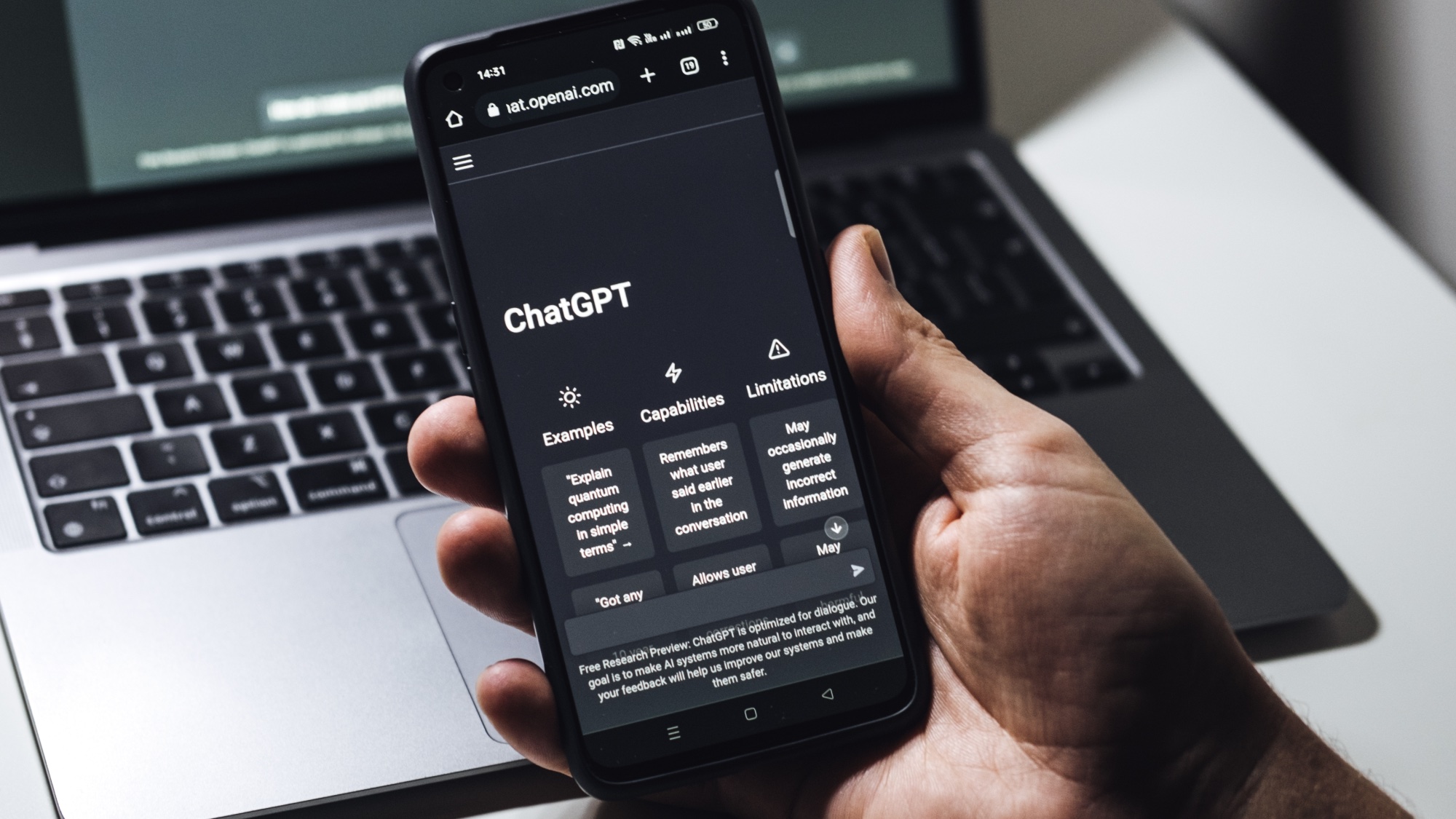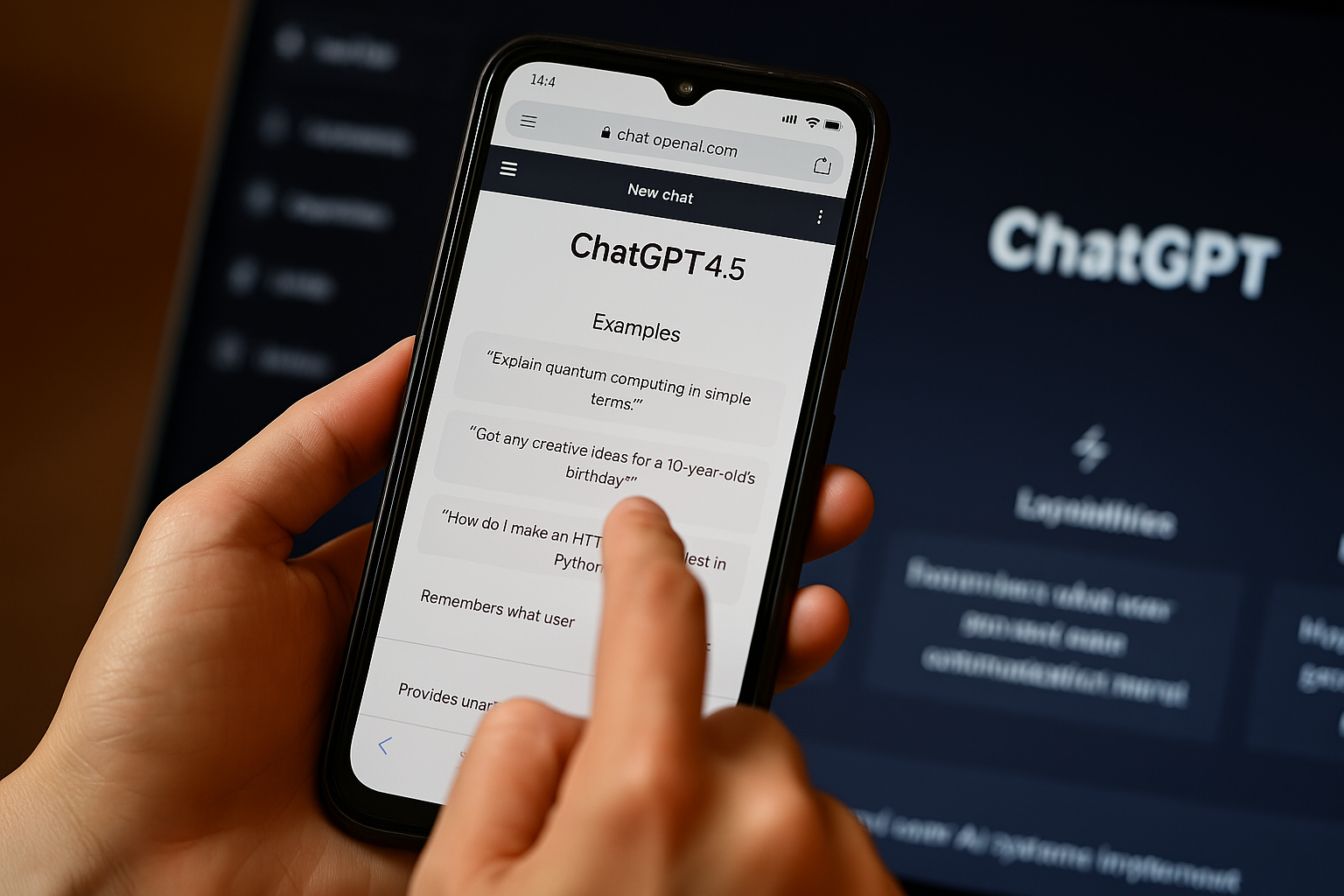
While using tools like ChatGPT doesn’t involve rocket science, it does make you an engineer of sorts. Creating the perfect AI prompt is part art, part science — it’s about crafting creative yet logical inputs that get a chatbot to respond in a way that’s actually useful to you.
If you already have an understanding of how chatbots like ChatGPT work, you definitely have an edge when it comes to knowing how to phrase your prompts. But if you don’t have a technical background, you needn’t worry.
Treat ChatGPT as a creative partner and don’t be afraid to think outside the box. A curious mindset — along with a bit of trial and error — can take you a long way.
Here's 5 tried and tested tips to take your ChatGPT prompts to the next level.
What is prompt engineering?
Prompt engineering is the process of writing clear and effective instructions for an AI model so that it consistently gives you the kind of results you want.
Some universal principles still apply. Just like owning the best camera phone won’t guarantee better photos than a pro with basic gear, the same logic applies to chatbots.
Paying for a premium account of one of the best chatbots does give you access to the latest features, but knowing how to use it properly is what turns your results from good to great.
That means understanding how the AI interprets language and choosing the right wording, context, or examples to guide its responses.
1. Working with AI to develop your prompt

With straightforward questions, I simply type my prompt into ChatGPT and hit enter, but more complex ones deserve a bit more thought.
In these cases, I like to have a conversation first about refining my prompt. I start these conversations with a general description of the task I’m trying to complete and what my goals are.
Then I'll ask it to create a detailed prompt that will help me reach the finish line.
Aside from covering any aspects of the task I may have overlooked, I find it way easier to edit ChatGPT's created prompt, rather than having to start from a blank box.
2. Giving the right prompt to the right bot

It's a good idea to take some time to get to know the different models your favorite chatbot offers.
They might seem similar at first glance, but differences in how they're trained and fine-tuned can affect how well they respond to certain types of prompts.
Recently, I tested the logical reasoning ability of ChatGPT. I asked two models, GPT-4o and o-3 mini-high, the same sample LSAT question, but only one of them got it right.
If you feel like you’re not getting the right responses to your queries, check whether there’s another model that’s more suited to the kind of task you’re trying to complete.
3. Context is king

From my years on the college debate team, one training slide has always stuck with me. It read: What you said is not what I heard.
This is a principle I apply across the board in my prompts, regardless of whether I’m using ChatGPT, Gemini or Claude. While I know what I mean by my prompt, because I’m the one who came up with it, I have no guarantee that the AI chatbot and I are on the same page.
If you want to set up your AI model like ChatGPT for success, providing it with as much context as possible is one of the best ways you can do that.
Start by assigning a role to your chatbot and explaining what task you’d like it to perform.
Then start shaping the context by including the following:
- The target audience for the information it will provide
- Data or other information relevant to the topic
- Specific details on your desired length, focus, and style
What does this look like in practice? Following these steps turns the simple prompt “explain how tariffs work” into the prompt below.
“You’re the CEO of a tech company explaining how tariffs work during a TV interview. Explain how tariffs work to an audience that is hearing about tariffs for the first time. Deliver your explanation in a conversational style.
Provide an example of how tariffs can yield a positive result and another example showing their consequences.”
4. Show and tell

Vague prompts often produce vague results. When you use clear, specific language, you give the chatbot a much better chance of understanding what you want. That way, it can either deliver — or show you where it falls short.
If the responses to your prompts are mostly in the form of the latter, then perhaps it’s time you found an alternative.
One great way of illustrating what kind of results you’re looking for is to provide a couple of concrete examples. If you reply to emails in a specific format and style, provide some examples to your chatbot for it to digest.
It makes it way more likely to produce results you can actually use. Even uploading two examples is enough to get started.
5. Revist, revise, refine

After its launch in 2022, ChatGPT struggled with some straightforward questions. This included one about drying times for towels, insisting that two towels would take four hours to dry if a single towel needed two hours in the sun.
It didn’t consider that towels could dry simultaneously. But by 2025, ChatGPT was doubling as a Photoshop lite.
If your prompt doesn’t work, it might just be that the chatbot isn’t quite there yet. These tools are always evolving, so it’s worth trying the same prompt again after a few months to see if it gets a better result.
In the meantime, refine your prompts. Build your first prompt using the previous four tips and evaluate the result. Do you need to add additional context the chatbot might be missing? Do you need to include more specific constraints?
Use follow-up prompts and have a conversation with the chatbot about the results you’re receiving. Work together as a team to figure out what could be improved.
And lastly, make sure you’re not making one of these common mistakes when using AI.
Now that you've learned my 5 top prompting tips, why not take a look at some of our other AI articles?
Check out I use ChatGPT every day — here's 9 prompts I can't live without and 11 prompting tips to get better results. And you can even use ChatGPT to build the perfect spring cleaning schedule.







